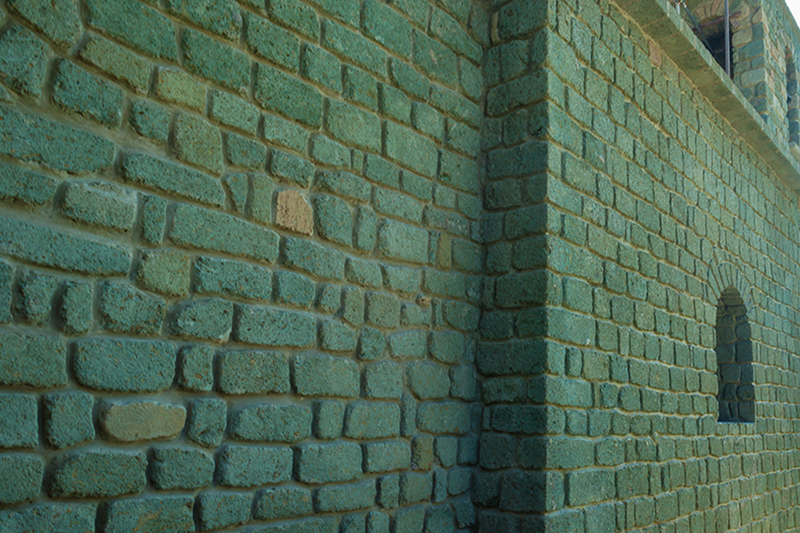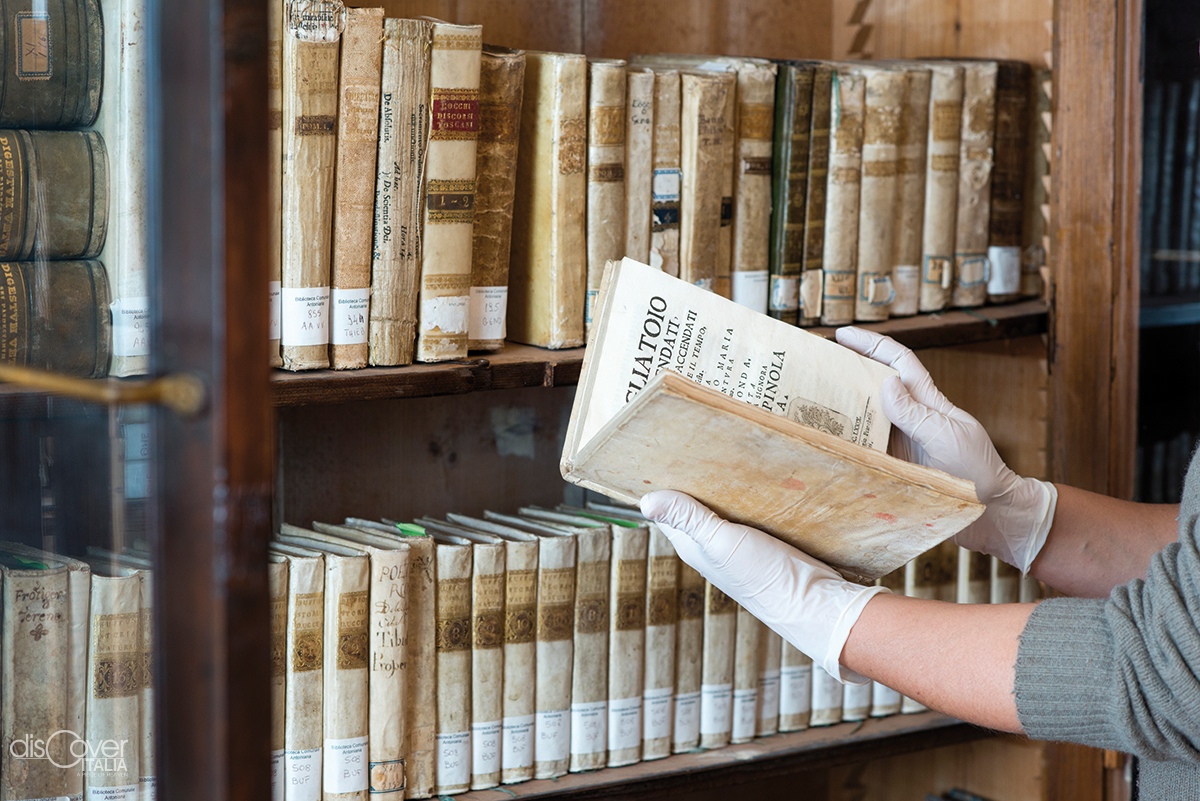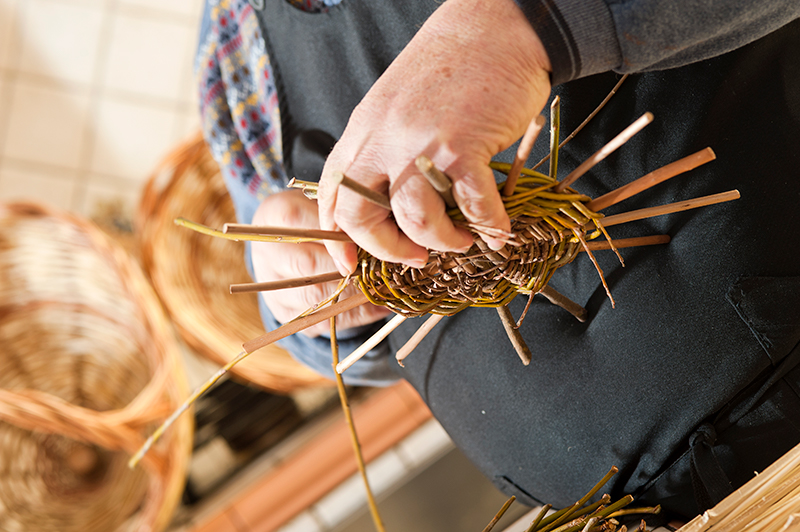The Latin alphabet, which still uses a large part of the world's population today, has its origin in the Greek alphabet used on the island of Euboea. From there, around 790/780 BC. the settlers arrived on the island of Ischia, which they called Pithekoussai.
The Chalcidian alphabet transferred to Pithekoussai was of Phoenician origin and had been modified with the addition of vowels to adapt it to the Greek language. The new inhabitants of Pithekoussai passed it on to the Etruscans, with whom they maintained intense commercial relations. It was then the Etruscans who shared the novelty with the other Italic populations, who adapted it to their languages. Thus the Pithecusan alphabet soon became the common heritage of the populations of the Peninsula.
The necropolis of Pithekoussai was brought to light in 1955 in today's bay of San Montano, in Lacco Ameno. In one of the tombs a cup from Rhodes was found. It had been used for the funeral banquet. On the cup were engraved some verses containing a clear reference to the Iliad: «Of Nestor... the cup is good to drink. But whoever drinks from this cup, he will immediately be seized by the desire of love for Aphrodite with the beautiful crown".
That inscription dates from the last quarter of the 8th century BC, about 725 BC. It is the oldest in the Greek alphabet found in the West. It also represents the oldest poetic composition linked to the coeval Homeric work. The so-called Cup of Nestor, together with the other finds of Pithekoussai, the first settlement of Magna Graecia, was discovered by the archaeologist Giorgio Buchner and today is kept in the Archaeological Museum of Pithecusae in the eighteenth-century Villa Arbusto, on a hill near the centre of Lacco Ameno.










Comments powered by CComment